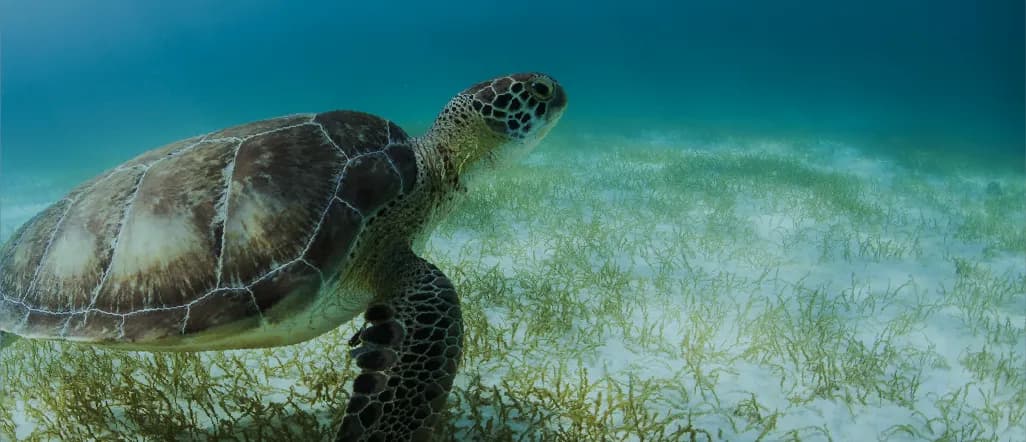Tidal, estuarine, and brackish water ecosystems face several significant threats:
Pollution: Runoff from agriculture, industrial activities, and urban areas can introduce pollutants such as nutrients, heavy metals, and chemicals into these ecosystems. This can lead to issues such as eutrophication, which depletes oxygen levels and harms aquatic life. Mitigation strategies include implementing better land use practices, controlling pollution sources, and improving waste management.
Habitat Loss and Degradation: Coastal development, including construction and land reclamation, can destroy or degrade tidal, estuarine, and brackish habitats. Protecting these areas through conservation easements, creating marine protected areas, and enforcing regulations on coastal development can help preserve critical habitats.
Climate Change: Rising sea levels, increased storm intensity, and changes in temperature and salinity due to climate change can impact these ecosystems. Adaptation measures include restoring and conserving natural buffers such as mangroves and salt marshes, enhancing habitat connectivity, and developing climate-resilient management practices.
Invasive Species: Non-native species can outcompete native flora and fauna, disrupt ecological balance, and alter habitat structure. Management efforts involve monitoring for invasive species, implementing control measures, and restoring native species to maintain ecosystem health.








